Pallone Pledges to Pass ACP Extension Act
Pallone was instrumental in securing funding to establish the COVID-era broadband subsidy initiative, commonly known as the Emergency Broadband Benefit.
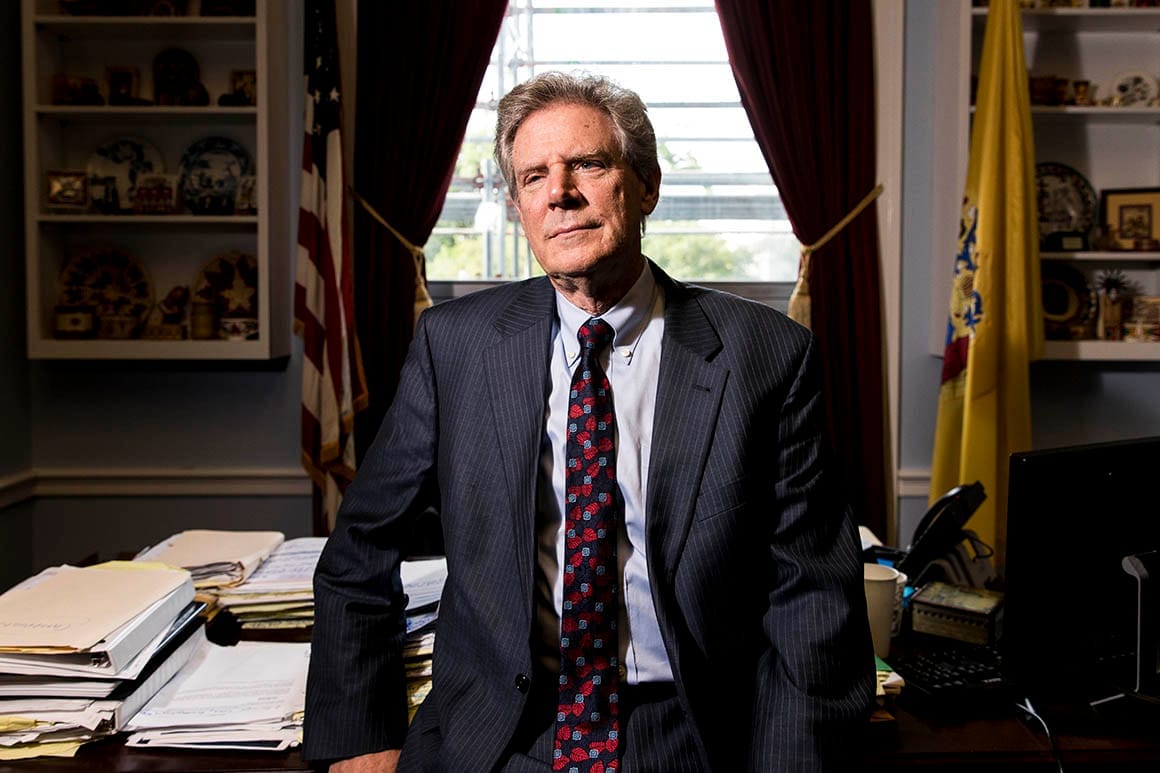
Pallone was instrumental in securing funding to establish the COVID-era broadband subsidy initiative, commonly known as the Emergency Broadband Benefit.

WASHINGTON, February 22, 2024 – Congressman Frank Pallone, Jr., D-New Jersey, said Wednesday that he is doing everything in his power to include a provision to extend the Affordable Connectivity Program in the upcoming omnibus funding bill expected to pass Congress next week.
“We’ll attach it to anything,” Pallone said, referring to the ACP Extension Act which would provide $7 billion in funding to prolong the federal program. The ACP offers $30-75 monthly subsidies to eligible households to assist with internet subscription costs.
“There's an omnibus appropriations bill coming up, which we hope passes. We’re trying to get it included in that,” Pallone remarked, speaking at the Red Bank Public Library. “If we can’t, we’ll try to get an emergency appropriation.”
The ACP stopped accepting new applicants a few weeks ago and initiated procedures in preparation for its potential phasing out. Participating internet service providers have notified current ACP participants of the program's looming end, pending congressional action or appropriations.
“We don’t want this program to expire. If it does, it's going to be very detrimental to all who need internet access,” Pallone said of the 23 million American households who take the monthly subsidy.
Pallone encouraged cooperation between Republican and Democratic officials to unite their efforts.
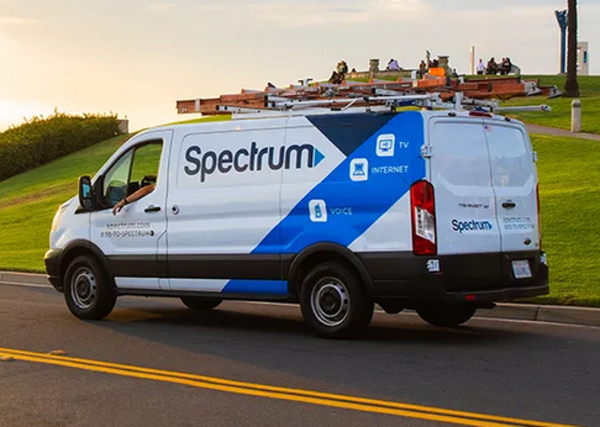
'The cell phone companies will face challenges as a customer bandwidth demands continue to grow," Charter's CEO said.
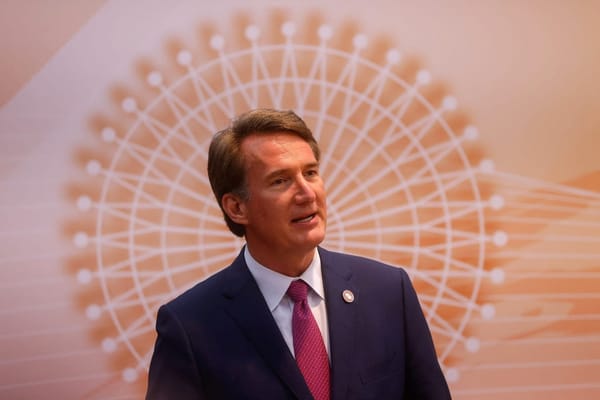
The agency allocated over $1.4 billion to Virginia and $675 million to New Mexico.
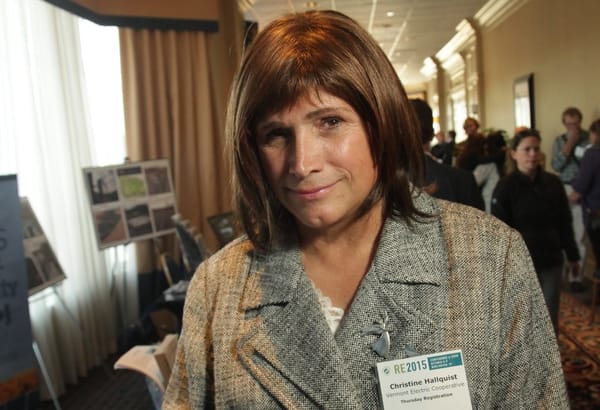
'This funding has the potential to be transformational.'
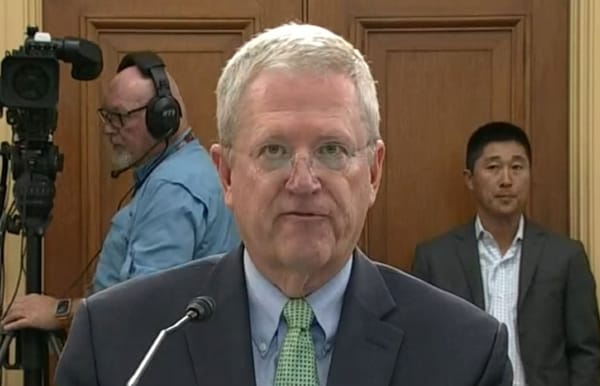
The report criticizes certain BEAD program rules.